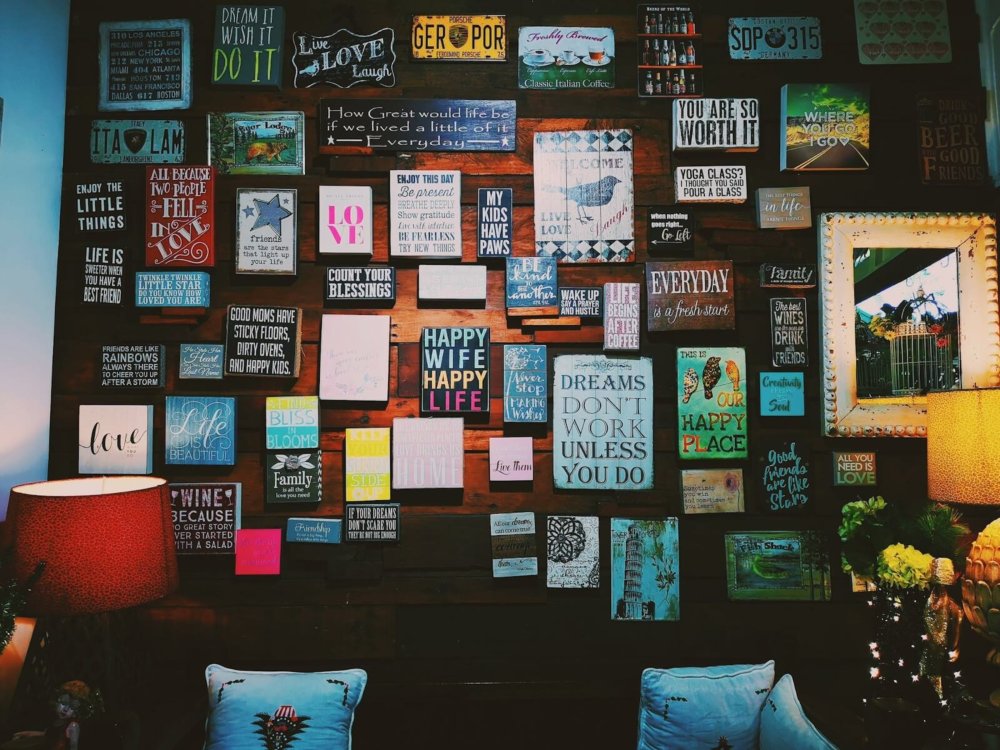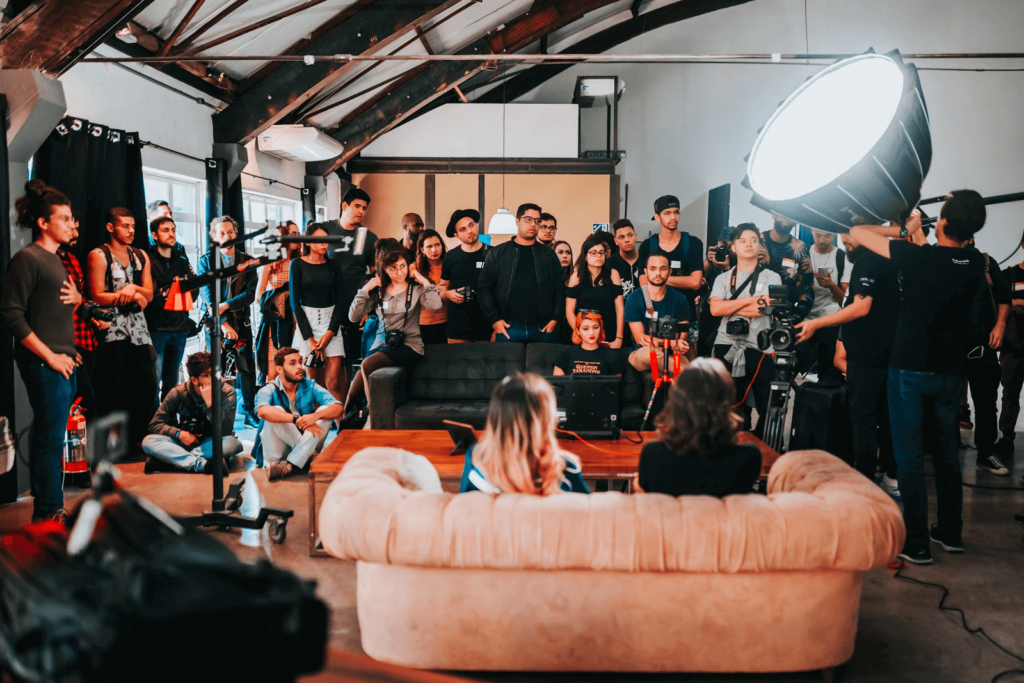September 23, 2019
The hard truth about innovative cultures

Back in the 90s, following up a query with “I’ll Google it” would have prompted more than a few weird looks. And why wouldn’t it? The word wasn’t even a verb back then.
Our modern age is founded on the internet. The web is huge, immeasurably so. For most of us, Google is the navigator of choice when it comes to finding our way through it.
But, as I say, it wasn’t always this way.
Once upon a time, in a garage far, far away, two students called Larry Page and Sergey Brin unified in a mission: ‘To organise the world’s information and make it universally accessible and useful’.
Well, they certainly achieved that. Google receives over 63,000 searches per second on any given day.
But this isn’t the only thing Google has achieved. They were also one of the first companies to establish a modern take on “innovative culture”.
With their brightly coloured decor, nap pods and office slides, Google quickly became known for bringing a creative touch to every aspect of their business. This wasn’t just about hiring creative people, but creating a culture which exuded innovation as a natural by-product of its processes.
Today, companies all around the world are trying to establish their own innovative cultures in the hopes of recreating just a smidge of that Google magic. Many have achieved it, but more have not. With an increasing number of companies investing in the indulgent side of an “innovative” culture, it’s time to face up to some home truths about how companies can really make this work…
Just as wearing your gym clothes doesn’t equal exercising, companies must look at going beyond the surface level; an innovative culture is built from the foundation up.
Employees should be free to fail, yes, but equally, they must learn from their mistakes. Teams can collaborate on a big scale, but must also accept individual accountability. A culture where individuals are free to speak truthfully is great, but that has to be accompanied by a readiness to receive candid feedback.
Truly innovative cultures are able to strike this balance – it is in the tension between these things that the good stuff happens. Such a culture is driven by the pursuit of excellence, built on a restlessness. There is no such thing as settling; everything can and should be under a process of constant improvement.
So what can you do to instil a real innovative culture? Here are Ayoa’s top tips:

Fail with style
In the immortal words of Buzz Lightyear “This isn’t flying – it’s falling, with style.” And, as we all know, Buzz is an innovation expert. Okay, I’m kidding. But the same idea really does apply to failing. Removing the fear of failure within your culture is an important first step as it opens your company up to experimentation and new creative ideas. However, if we must make mistakes, we should do so in the right way.
What does that mean? Well, for starters, we shouldn’t be repeating mistakes. The value of failure lies in the lesson we take from it. When staff start to see tolerance of failure as tolerance of incompetence, you have a real issue. Instead of energising teams to reach for the best ideas, it’ll set the bar so low people feel they don’t have to try at all.
All in all, celebrate the failures that come from bold and ambitious ideas, but never stand for sloppy mistakes brought about by a lazy attitude.
<
There is an “I” in team
Okay, literally , there’s not. But whichever way you flip it, teams are made up of individuals. Mass collaboration is an awesome way of boosting brain power and fusing ideas to create something truly unique. However, teams shouldn’t be seen as a shield for accountability. Innovative teams also value the blend of knowledge and inspiration that comes from a variety of perspectives; they’re savvy to the pitfalls of ‘groupthink’ (definition here) and work hard to combat them.
How do they do this? Well, each individual comes to a brainstorming session with an idea they’ve already worked on. This helps to prevent the tendency often seen in groups where one person states an idea and everyone agrees in order to keep the collective comfortable.
Innovative teams know that their benefit as a whole is rooted in the strength of each individual – that means people own their tasks and work passionately on them. In the words of Doug Floyd, “You don’t get harmony when everyone sings the same note.”

What a day for a daydream…
Our society has very fixed ideas about work. You come in, sit at your desk, work for roughly 8 hours, then leave. While bosses may be happy to add a few bean bags to the room, if you ask them if their staff are allowed to spend long stretches of time away from their desks they’ll likely look at you as if you’re crazy. That’s what lunch breaks are for, right?
The trouble is this, if you want your workforce to be creative, you have to give them time to think. It’s a fact of life that your most creative thoughts don’t come from staring at a screen trying to will them into existence. Instead, they come to us when we allow ourselves to tap into our subconscious mind. Our conscious mind is just the tip of the iceberg and it is what lies beneath the waters that really matters.
This may be a stretch for some corporate dinosaurs, but innovative cultures go both ways. If you want your employees to be creative, you have to give them space to work on innovative ideas. With a culture of trust in place, both management and teams are able to explore their most interesting ideas and drive them to fruition.
Are you and your team serious about creating an innovative culture? Well, get the tool to match. Ayoa is built by innovation and creativity experts, to streamline your processes and make creativity a part of every day. Sign up for free here.

